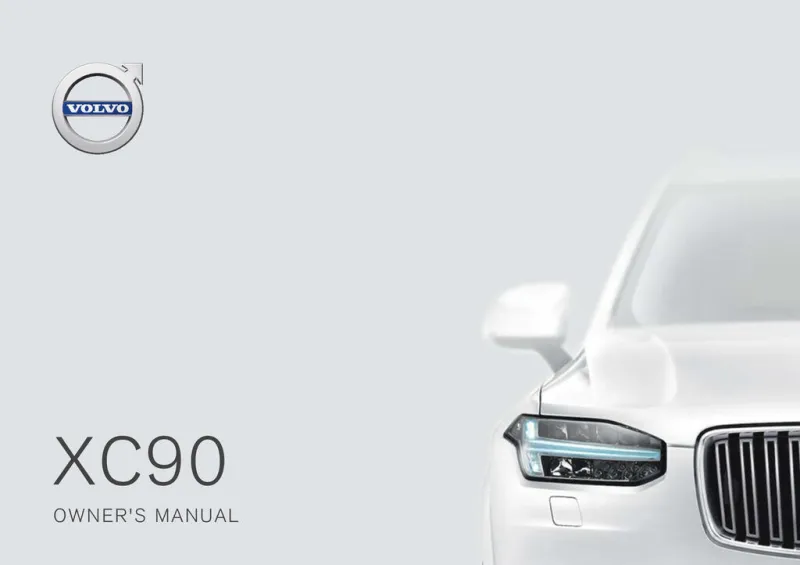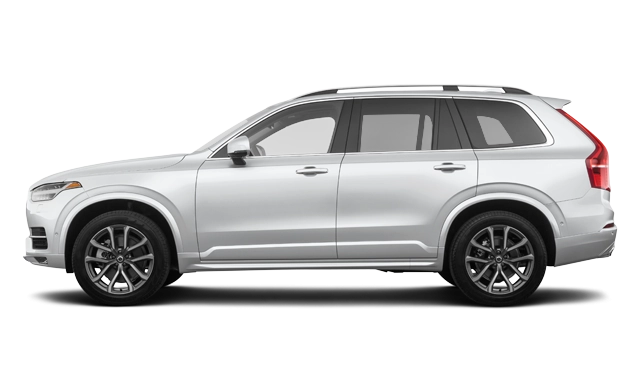2018 Volvo Xc90 Owner's Manual

Table of Contents
2018 Volvo Xc90 Overview
Introduction
The 2018 Volvo XC90 redefines luxury SUVs with its seamless blend of elegance, comfort, and cutting-edge technology. Known for its Scandinavian design ethos, the XC90 offers a spacious interior adorned with high-quality materials, making it a suitable choice for families and individuals alike. Combining impressive safety features with strong performance, the XC90 stands out in the competitive luxury SUV market.
Powertrains
This model features a range of powertrains, giving prospective owners options tailored to their driving preferences. The base T5 configuration utilizes a 2.0-liter turbocharged four-cylinder engine, delivering 250 horsepower. For those seeking more power, the T6 introduces a supercharged and turbocharged variant of the same engine, generating 316 horsepower. The XC90 also offers a plug-in hybrid variant, the T8, providing a compelling combination of performance and efficiency with its 400 horsepower engine, enabling a quieter electric-only driving range.
Trims
The 2018 XC90 is available in several trims: Momentum, R-Design, and Excellence. Each trim level enhances the XC90's luxury appeal, with Momentum serving as the well-rounded base model, featuring premium materials and advanced technology. The sporty R-Design amps up the style with unique styling cues and a more dynamic driving experience. For the ultimate in luxury, the Excellence trim provides unparalleled comfort, including a personal assistant feature and business-class rear seating.
Features
Equipped with a plethora of high-tech features, the XC90 ensures modern drivers are well-connected. A standard infotainment system includes a large touchscreen, smartphone integration, Bluetooth connectivity, and numerous high-end audio options. Additionally, advanced safety features like Pilot Assist, road sign information, and a 360-degree camera system highlight Volvo's commitment to driver and passenger safety.
Owner's Manual
The 2018 Volvo XC90 owner's manual serves as an essential guide, providing valuable information on vehicle operation, maintenance, and troubleshooting. Owners will find detailed instructions on maximizing the features and technologies packed into the XC90, ensuring a seamless and enjoyable driving experience throughout ownership.
User manual download
The Volvo Xc90 owner manual for the 2018 model year is to be found in PDF downloadable format on this page. The owner manual for the model year 2018 is free and in English, but the repair manuals are usually not easy to get and may cost more.
Manual Questions
Fill the form below and someone will help you!

